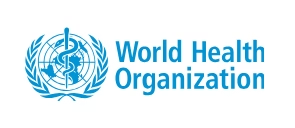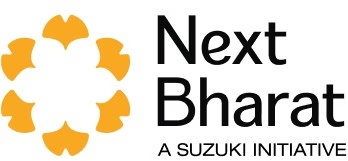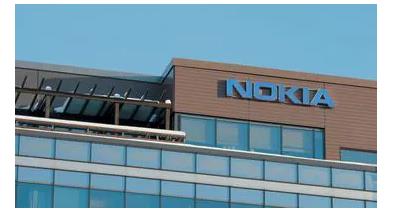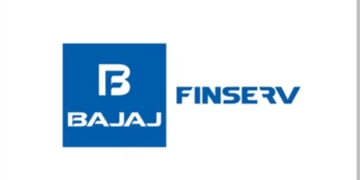16 March 2021 at 9:35 EET
Nokia announces plans to reset its cost base to invest in future capabilities
- New business groups announce plans to reset their cost bases.
- On a group level, this is expected to lower the company’s cost base by approximately EUR 600 million by the end of 2023. These savings will offset increased investments in R&D, future capabilities and costs related to salary inflation.
- Nokia expects approximately EUR 600–700 million of restructuring and associated charges by 2023.
- The company maintains its 2021 outlook.
- Planned restructuring is expected to result in an 80 000–85 000 employee organization, over an 18–24-month period, instead of the approximately 90 000 employees Nokia has today.
Espoo, Finland – Nokia’s business groups today announce plans to reset their cost bases and invest in R&D and future capabilities including 5G, cloud and digital infrastructure, as well as other areas that will benefit Nokia in the long-term.
In October last year the company announced a new operating model designed to better position the company for changing markets and align with customer needs. The new model is optimized for better accountability and transparency, increased simplicity and improved cost-efficiency.
“Nokia now has four fully accountable business groups. Each of them has identified a clear path to sustainable, profitable growth and they are resetting their cost bases to invest in their future,” said Pekka Lundmark, President and CEO.
“Each business group will aim for technology leadership. In those areas where we choose to compete, we will play to win. We are therefore enhancing product quality and cost competitiveness, and investing in the right skills and capabilities,” Lundmark continued.
Related to these plans, Nokia expects:
- Lower cost base of approximately EUR 600 million by the end of 2023. These savings will take place gradually and will offset increased investments in R&D, future capabilities and costs related to salary inflation. Additional long-term benefits that Nokia will action include streamlining its portfolio and reducing site fragmentation.
- Total restructuring and associated charges of approximately EUR 600–700 million, of which approximately 50% is expected in 2021, approximately 15% is expected in 2022, and approximately 35% is expected in 2023. Additionally, Nokia continues to expect approximately EUR 500 million of cash outflows related to its previous restructuring program.
- These changes do not change Nokia’s views on 2021.
These plans are expected to result in an 80 000–85 000 employee organization over an 18–24-month period, instead of the approximately 90 000 employees Nokia has today. The exact number will depend on market developments over the next two years.
“Decisions that may have a potential impact on our employees are never taken lightly. Ensuring we have the right setup and capabilities is a necessary step to deliver sustainable long-term performance. My priority is to ensure that everyone impacted is supported through this process,” said Lundmark.
Nokia’s business groups have outlined the following actions:
- Mobile Networks aims to be the indisputable top in wireless mobility networks and associated services. To achieve this goal it will focus on strengthening technology leadership and will further invest in 5G R&D. It will also accelerate efforts to digitalize processes and tools across the value chain.
It will streamline its portfolio and reduce investment levels in mature or declining parts of the portfolio; continue to reduce site fragmentation; reduce overlapping activities and drive further cost efficiencies.
- Cloud and Network Services’ customers are shifting away from owning products to consuming outcomes, delivered as-a-service from the cloud. The business group’s priorities and how it operates must align with this shift.
As a result, Cloud and Network Services intends to align portfolios and streamline service models; strengthen technology leadership by refocusing R&D resources to emerging growth opportunities; streamline operations and support functions and increase productivity through reduced site fragmentation.
- Network Infrastructure will remain largely unchanged although it will increase its R&D investments and plan for new capabilities in order to meet customer demand and support portfolio innovation. Additionally, by fully realizing the cost efficiencies offered by Nokia’s new operating model it anticipates streamlining SG&A costs as a percentage of sales.
- Nokia Technologies will remain largely unchanged. It will continue to carefully manage costs to enable it to invest in future technologies and maintain high levels of profitability.
Nokia’s business groups will provide detailed updates on their future strategies and financial outlook assumptions on Capital Markets Day on 18 March.
These changes are subject to local consultation requirements with employee representatives and Nokia’s social partners where applicable.














































